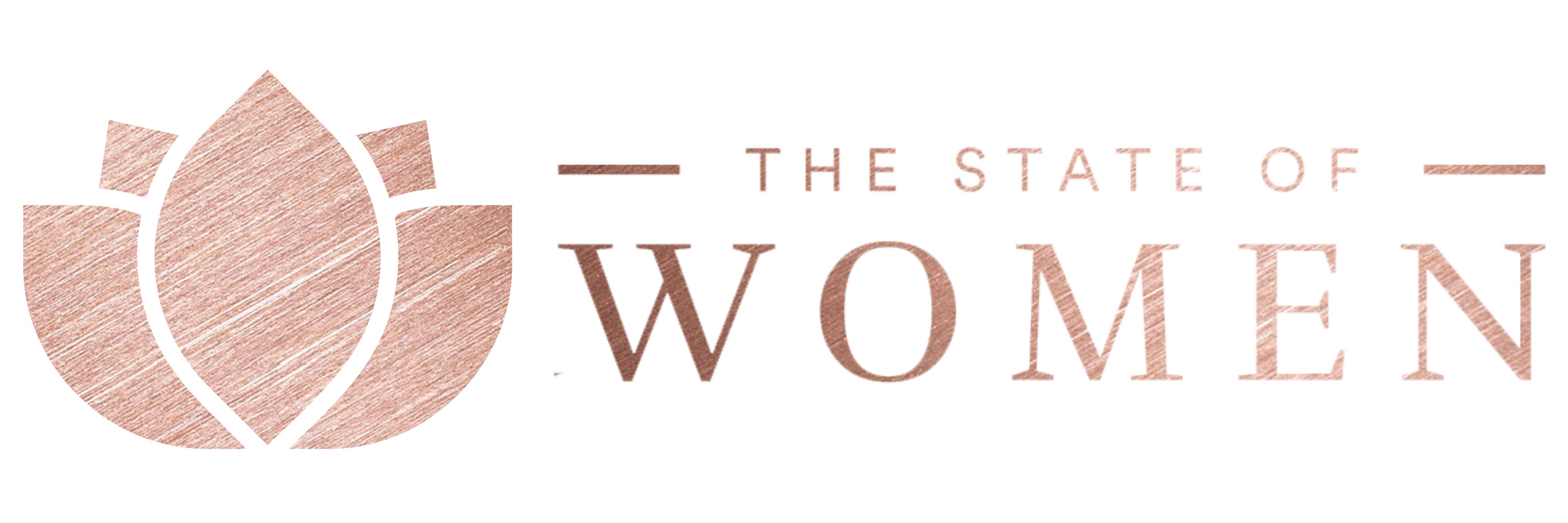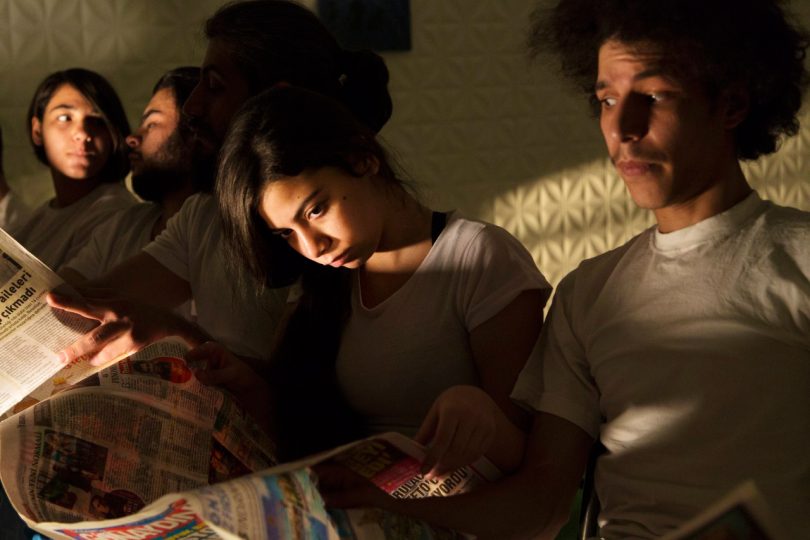This article originally appeared on Refugees Deeply and the Women & Girls Hub of News Deeply, and you can find the original here. For important news about the global migration crisis and issues affecting women and girls, you can sign up to the Women & Girls Hub email list as well as the Refugees Deeply email list.
By Fiona Duggan
Fiona Duggan, of the children’s charity Theirworld, writes about the aspirations of Syrian girls she met in Turkey – a country where more than 60 percent of refugee girls are out of school.
“Education is important because it builds a person’s mind, and the mind will build the future,” says Ethar, a 15-year-old Syrian girl, with a winning smile.
Explaining why going to school is important to her, the teenager, who fled Aleppo with her family four years ago, is unwavering in her conviction. Now living in Gaziantep, Turkey, she attends a school for Syrian refugee children.
This Tuesday was International Day of the Girl – an occasion to commemorate and further acknowledge the importance of girls, their potential and the role they play in building stable and equitable communities. But it is also a time to recognize the barriers they face, devise the means to overcome them, and start putting a plan into action.
Girls and women are subject to unique vulnerabilities in crises and conflicts. Displacement, poverty and the breakdown of built-in familial and social protections can place them at higher risk of sexual abuse, violence, exploitation and psychosocial distress. Conflict often exacerbates poverty, and girls can be pulled out of school or even forced into early marriages to alleviate economic burdens on traditional family structures.
The Syrian refugee crisis is no different. A new briefing paper published by Theirworld highlights an alarming statistic. In Turkey, more than 60 percent of Syrian refugee girls are out of school. This means that more than 370,000 female refugees under 18 years old are at risk of being forced into child labor, early marriage or other forms of exploitation. There has also been a dramatic increase in the number of child marriages – 15 percent of Syrian refugee girls living in Turkey now get married before the age of 18.
I met with Ethar during the second week of October. A keen robotics enthusiast, she enjoys nothing more than tinkering with her robot’s mechanics and programming its every move. She is remarkably eloquent and poised when she talks about education.
“It’s our right … it’s our right to build the future. Building the future needs boys and girls. Without education, girls will not reach their potential, which not only harms them, but also the communities they live in,” she explains, building the logic of her argument with every sentence.
Global education campaigners, including Theirworld, are calling for more to be done to get girls like Ethar into school. The Turkish government has been striving to increase the number of refugees enrolled in school by 50 percent, but more must be done to ensure the international community delivers the $1.4 billion financing – including the $71 million gap Turkey faces – that is desperately needed to enroll all Syrian refugee children, and vulnerable children in host communities, in school by December 2016. That time is fast approaching.
World leaders have promised on a few occasions to ramp up educational commitments, but so far they have failed to deliver on their promises. To keep our promises to children – who are, after all, the architects of our future world – we must keep up the pressure to ensure all Syrian refugee children go back to school, and that they return soon.
But this also means making sure both girls and boys go back to school. Not only is current funding insufficient, the U.N.-led education plan itself fails to acknowledge the gender differences that affect children returning to school.
The plan clearly points out a number of barriers to education, including language constraints, psychosocial support, incentives for teachers, social integration, transportation and access to temporary learning centers. But the lack of a strategic focus on creating equal access for both genders further threatens the futures of Syrian refugee girls, who are left out of education and remain at risk. In order for the humanitarian response to be effective, programs and targeted interventions in countries with large refugee populations such as Turkey must be sensitive to gender-specific needs.
This means we must ask the girls what they want and need. At the same time, we must also improve access to free, quality education for all Syrian refugees, regardless of gender or age.
Farah, a 16-year-old Syrian girl also living in Gaziantep, has faith in the power of education and her female friends.
“Anyone can do anything if they have the will to do it. The world is open to them. Nothing is impossible,” she says. The optimism of girls like Farah who have endured a lifetime’s worth of hardship in the short span of their young lives is remarkable. It must be harnessed.
We as a global community must work together to open the world of education to them. Remember Farah’s words – nothing is impossible.
Images provided by Theirworld, a global children’s charity.
The views expressed in this article belong to the author and do not necessarily reflect the editorial policy of Women & Girls Hub.



